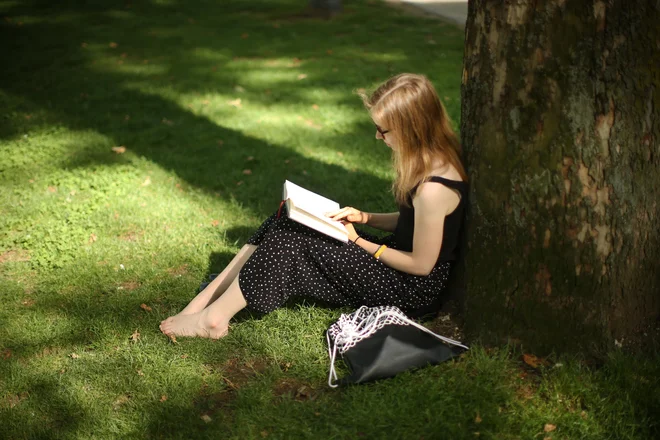Crocodiles in Kikinda and Millionaires in the Assembly – Titles that marked April 2005 – Society

In April 2005. The Tax Administration in Prokuplje announced that as many as 65 inhabitants of that city reported yearly revenues than a million dinars, and all three of the then deputies in the National Assembly of Serbia were from the Prokupačka region. This data indicated high salaries arising from the performance of parliamentary duties, as well as the supplements received by the deputies.
Parliamentary salaries – Safe path to « million » status
As the director of the Tax Administration in Prokuplje, « millionaires » from the Serbian Radical Party, Dejanjiljković from the Democratic Party, was also stated from the Democratic Party, who was also performed by the President of the Municipality of Prokuplje. Their status among the richest citizens was a direct consequence of regular parliamentary salaries and parliamentary supplements.
Severance pay for the former workers of the tobacco industry
Along with MPs, a significant number of registered millionaires consisted of former workers of the projecting work unit of the tobacco industry Nis. Their status provided them « big severance pays they received from the new owner of that company », as Nikolić stated. It is a period when privatization processes intensified in Serbia, many employees, especially in large systems, received high severance pay – which was one of the key social shock absorbers in the process of restructuring the economy.
One curiosity from the same number – crocodiles in Kikinda
In the same issue of the list today from March 2005. there was an unusual event from Kikinda – Beg pairs of crocodiles, pets from Baranda settlements. Their owner, Aleksandar Spasić, first confirmed, and then denied news with a note that he could « have problems from the police ». Although this incident did not have a wider significance, it was recorded as an example of unusual stories from local everyday life.
The police take over the photo of the photographer: memory of the beginning of personalization of documents 2005.
At the end of March 2005. The paper today wrote about the harsh of the Serbian photographer’s announcement to the announcement of the Ministry of Internal Affairs that the Centers for Personalization of Identification Documents will be formed within the MUP cells. The announcement meant that the police would photograph citizens for ID cards and passports in the future, which was interpreted as a direct survival of more than 4,000 photographic actions.
Neglogation of photographers and fear of existential vulnerability
« That’s why we can close our actions, which would cause more than 4,000 families without funds for life, » they warned at the time of the photographer associations.
The President of the Association Mihajlo Tatalović pointed out that they repeated the Ministry of the Interior to protect their business, looking for a compromise like the one who was reached in Croatia and Hungary, where the production of photographs remained in the field of photographer, while the police performed the identification of the person.
Complete digital archive of all Danas numbers since 1997. To date, Danas readers club members are available to the portal klub.danas.rs.
Recommendations OSCE and Necessity of Combating Falsification
Additional pressure on craft photographers came from the international community. The OSCE Security Department study in the then state community Serbia and Montenegro recommended completely relocation of administrative services within the competence of the Ministry of the Interior and their entrusted to the specially formed public administrations.
Lawyer Božidar Prelević explained then that certain types of shootings, such as biometric and scanned images, must remain under the control of the MIA for safety and protection against counterfeiting.
« You with a fake ID You can establish a phantom company, » Prelevic warned, emphasizing that the introduction of biometric identity card is inevitable and the only way for an effective fight against abuse of identification documents.
Today: Standard biometrics, photographers survived
Two decades later, biometric passports and ID cards have become standard in Serbia. Photographing for these documents is performed exclusively in MUP cells, and face recording is part of an automated identification process. However, despite the original fear, many photographic actions survived, adapting to market business – they turned to commercial services, portraits, solemn photography and digital services.
* This text was generated with the help of artificial intelligence and based on archival sources. All data are presented for informational purposes.
Follow us on our Facebook and Instagram page, but also on X account. Subscribe to PDF List release today.





